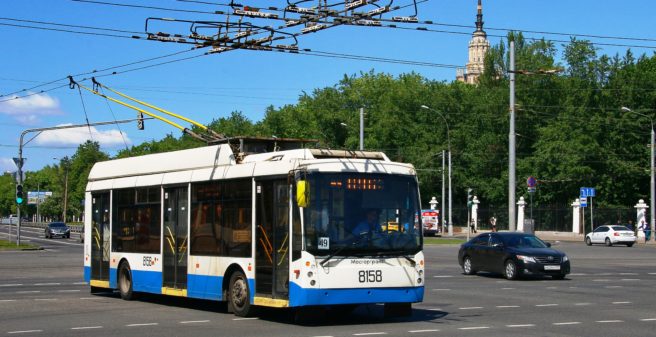
Only six years ago it was the largest trolleybus network in the world, now the last vehicle made its last journey to the depot: During the night 24/25 August 2020 trolleybus operations in Russia’s capital Moscow ended.
In the context of worldwide enthusiasm for electric public transport in general and bus transport in particular, one can only marvel at the speed and consistency with which the changeover could be carried out. The background is probably only revealed by a closer look at the political circumstances, because it seems that individual influencers have pushed the decision to decommission the environmental-friendly trolleybus system with particular emphasis, even though the population had mobilized resistance to it. The cost for renewal of the overhead network and the “lack of production capacity” of potential suppliers of larger series of new trolleybuses certainly hardly stand up to serious consideration.
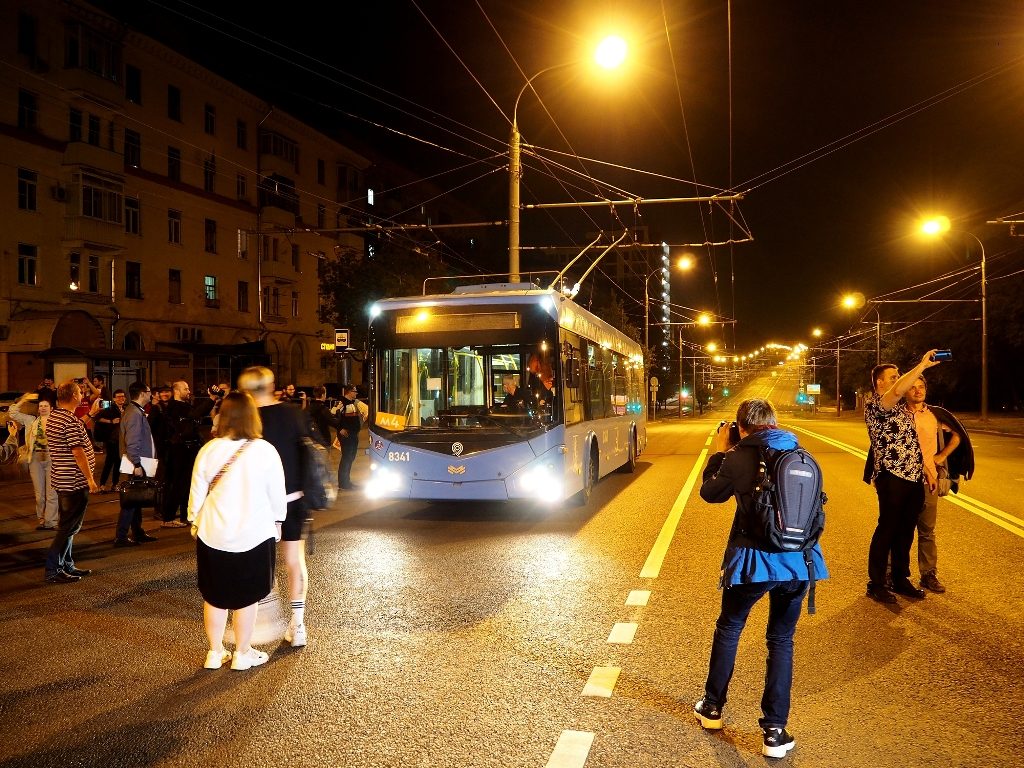
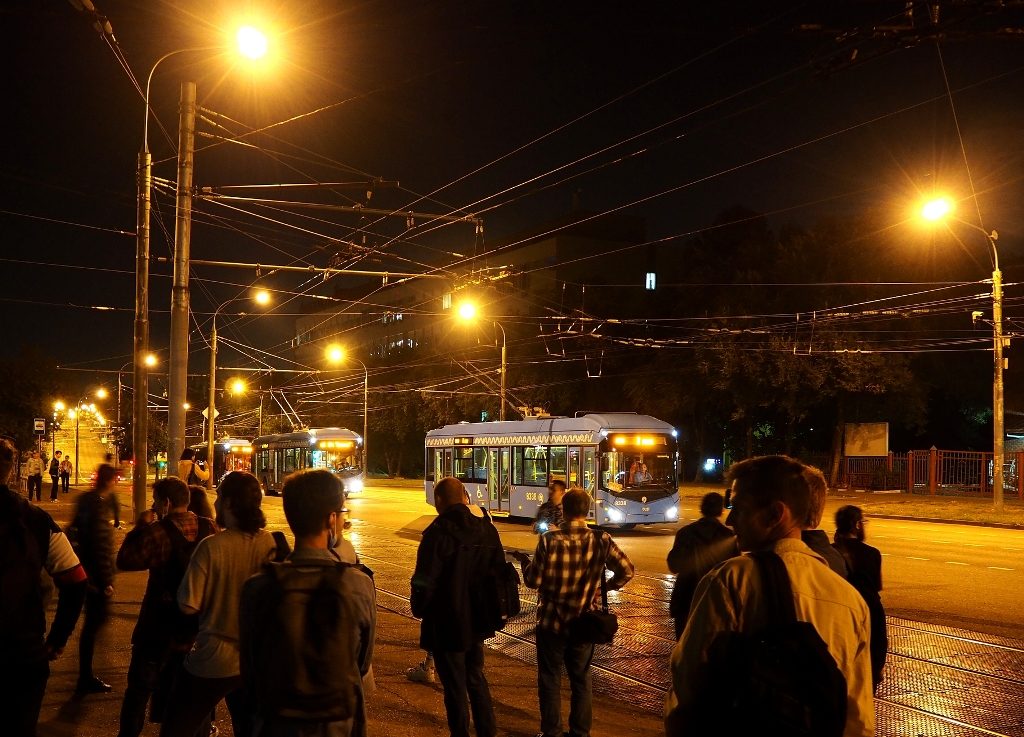
In 2011, trolleybuses ran on 88 main and 13 rush-hour extra services, more than 1,300 km of overhead lines were in daily use and up to 1,700 trolleybuses in stock. In 2014, the shrinking program began with the first changes to diesel buses and, in some cases, battery electric buses. Mosgortrans promised a wide-ranging introduction of battery buses, which would continue with the advantages of electric traction but without overhead. The use of the overhead line network for the so-called In-Motion Charging technology (IMC) by means of trolleybuses with an additional, powerful battery package route sections off the existing overhead network was not considered at all.
Picture galery (click to open)
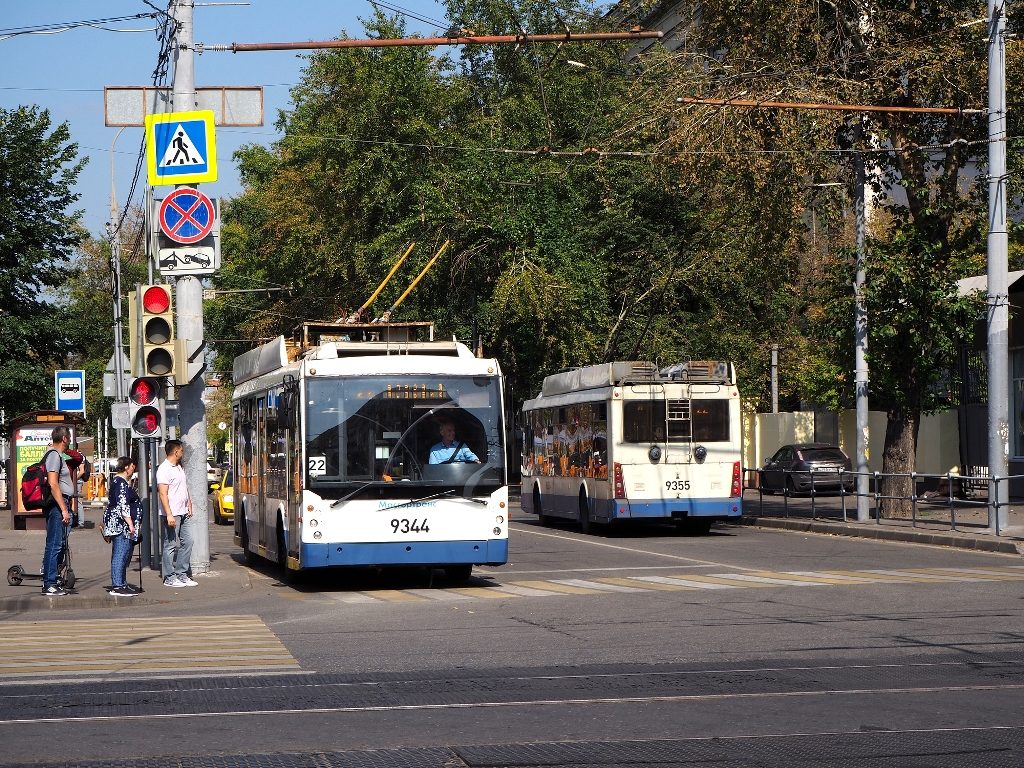
Two Trolza-5265.00 “Megapolis” on line 22 | © Jiří Hönes 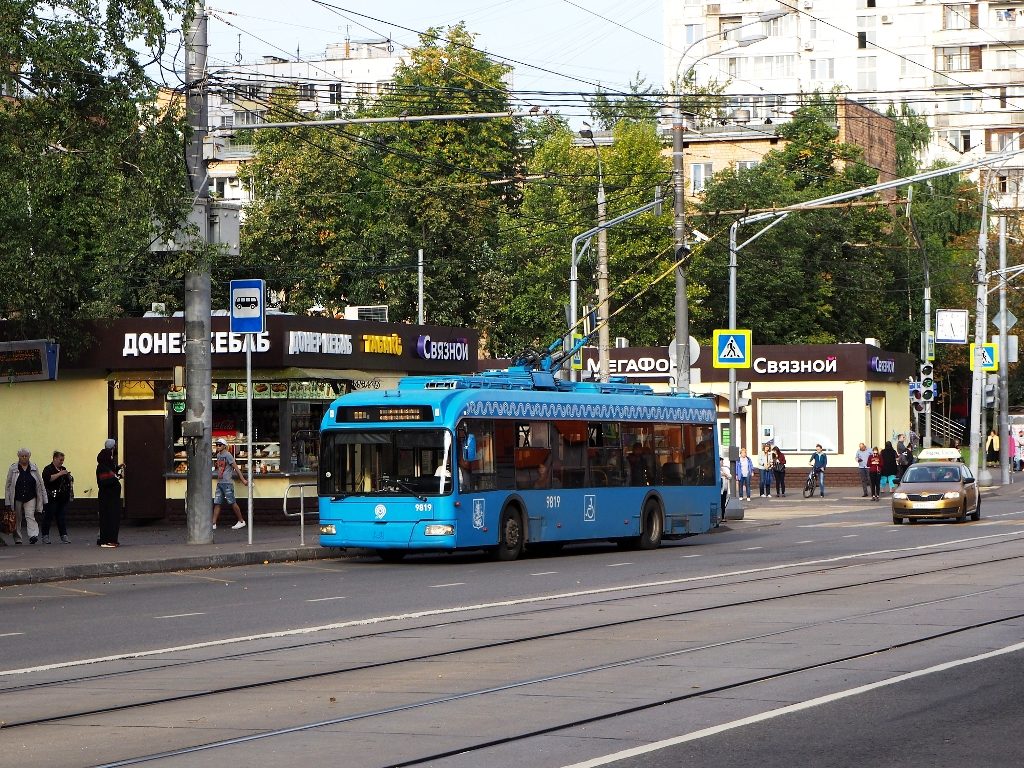
BKM 321 at line 22 | © Jiří Hönes 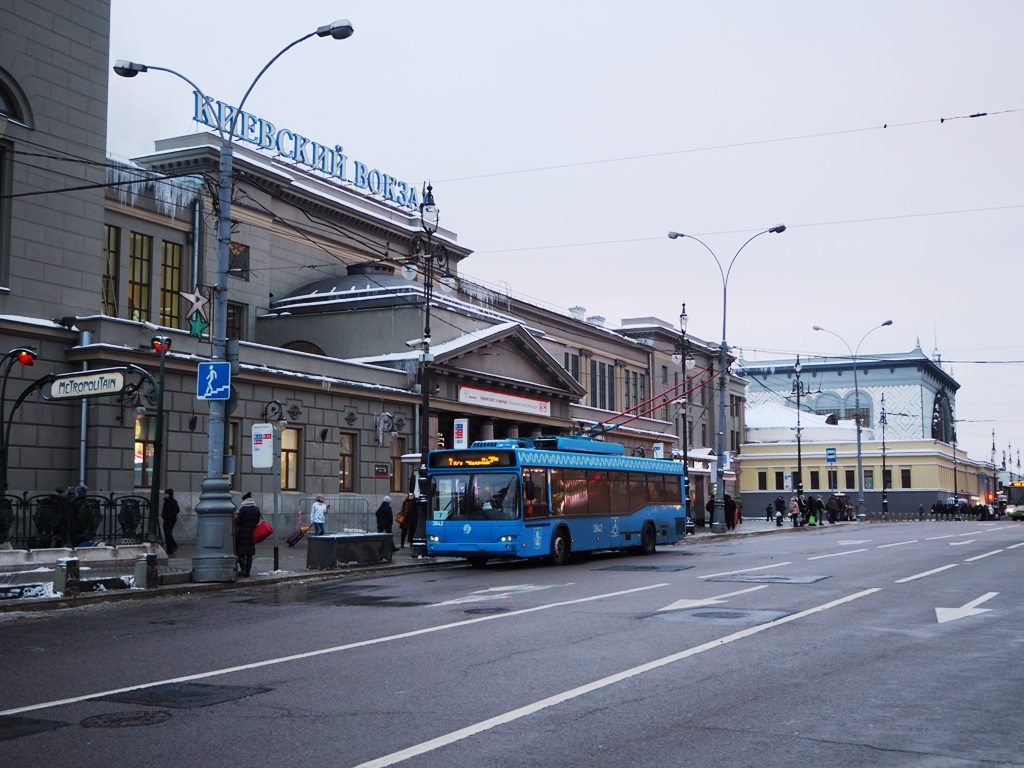
SVARZ-MAZ-6235.00, built in 2011 , on route 7 | © Jiří Hönes 
Newest deliveries of the SVARZ-MAZ-6275 model on line M4 | © Jiří Hönes
Depot mergers and closures began, parts of the still quite new and well-maintained fleet were sold and gladly included by other Russian companies in their vehicle fleets. At the end of 2016, the last new acquisitions completed the stock in the form of 46 new cars (22 from BKM Belkommunmash and 24 from SWARZ). In 2018, the line network had already been downscaled to 44 lines, and even after that it continued with fast speed. At the beginning of August 2020 there were still nine lines in operation, on 2 August the operator closed lines 22 and 70 and on 15 August line 20. Until the very end, only lines M4, 28, 59, 60, 64 and 72 were operating. It is probably quite symptomatic of the changeover policy that five of them were converted to buses and only one to a battery electric bus. There are currently 450 battery buses in Moscow, with another 150 to follow before the end of the year. In the medium term, an increase of up to 2,600 cars is planned, out of a total stock of around 8,000 city buses. This means that diesel buses will still account for two-thirds of the fleet after 2024, since the battery buses are primarily used to replace the trolleybuses, which means that electric buses will be replaced by other types of electric buses, and in part also by conventional diesel buses.
However, it came quite as a surprise that a small remnant will remain: A circle line along Komsomolskaya Square / Novoryazanskaya Street remains up and running as part of the second trolleybus line from 1937 and is operated by two trolleybuses of Mosgortrans’ historical collection since 5 September. During the first days, however, two SWARZ of the latest deliveries of 2016/17 were in use. The future transport museum will also be located on that route, in the premises of former trolleybus depot no.2.
Picture galery (click to open)
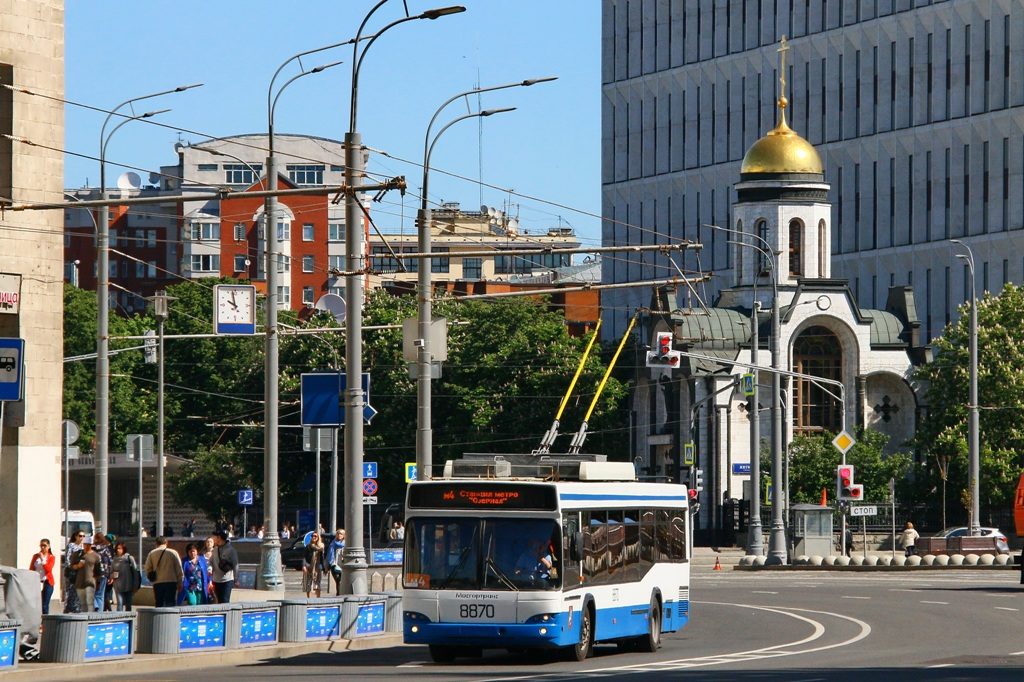
SVARZ-MAZ-6235.00 built in 201, next to Metro Oktjabrskaja | © Bernhard Kußmagk 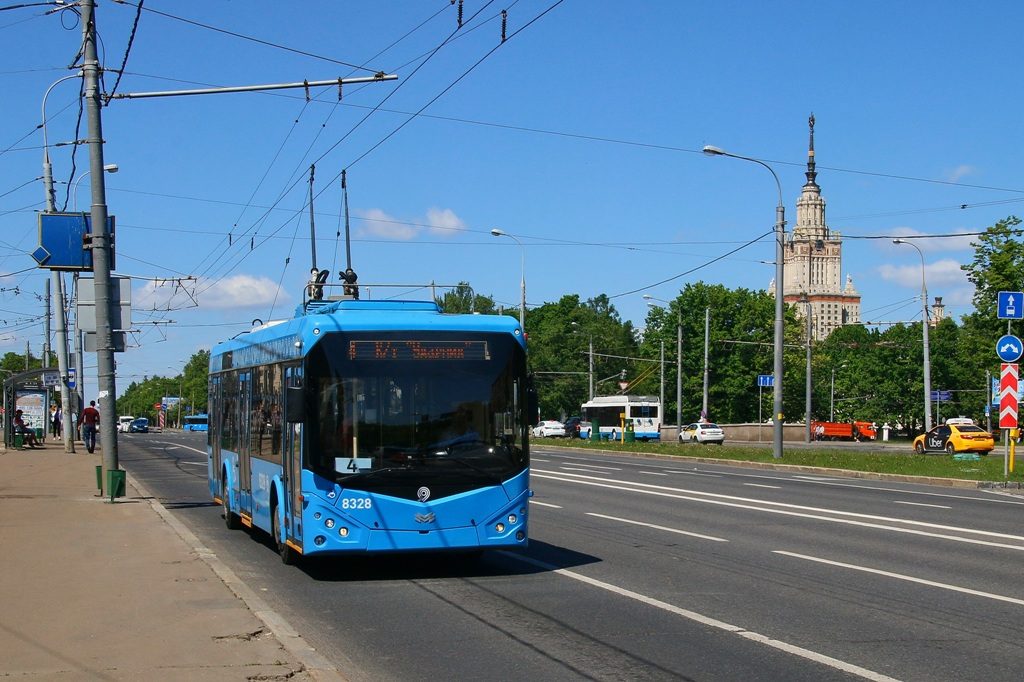
BKM 321 built in 2016, Metro University | © Bernhard Kußmagk 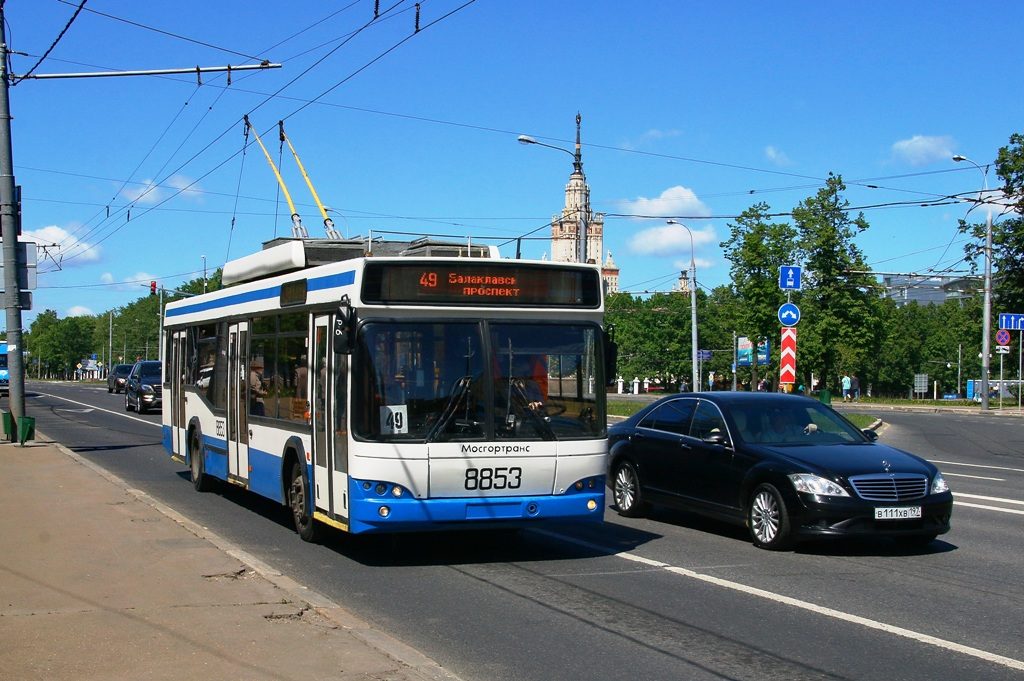
SVARZ-MAZ-6235.00 built in 2009, Metro University | © Bernhard Kußmagk 
Latest generation BKM 321 built in 2016, Metro Oktjabrskaja, Leninskij Prospekt | © Bernhard Kußmagk 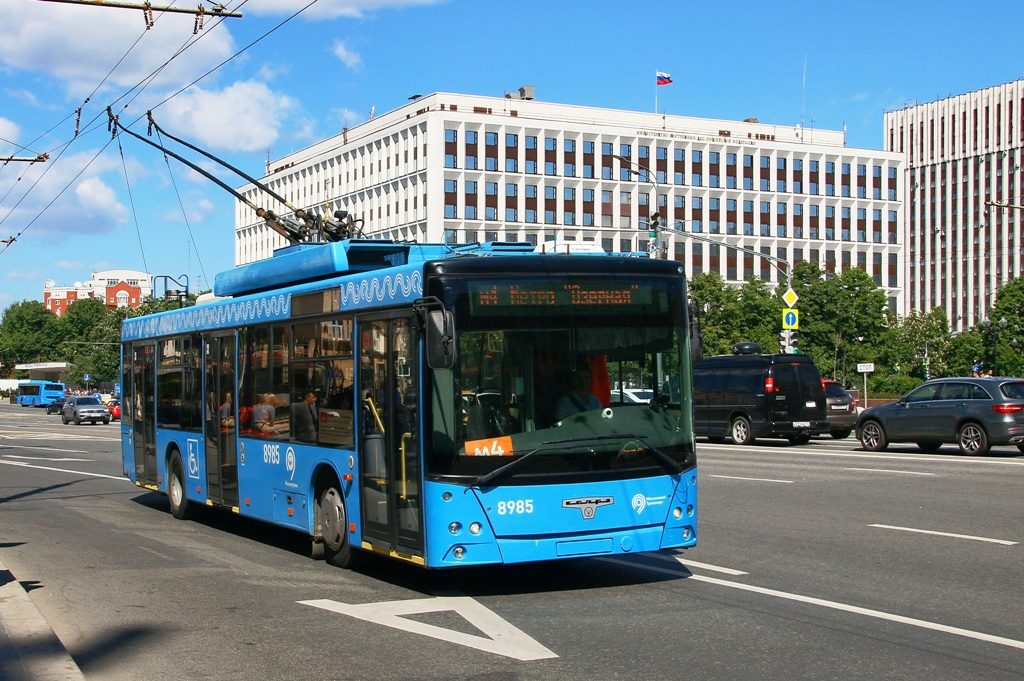
SVARZ-MAZ-6275, built in 2017, Metro Oktjabrskaja, Leninskij Prospekt | © Bernhard Kußmagk


Really a big shame of the mayor.
Pésima decisión.
Unbelievably stupid, and probably the result of corruption, too.